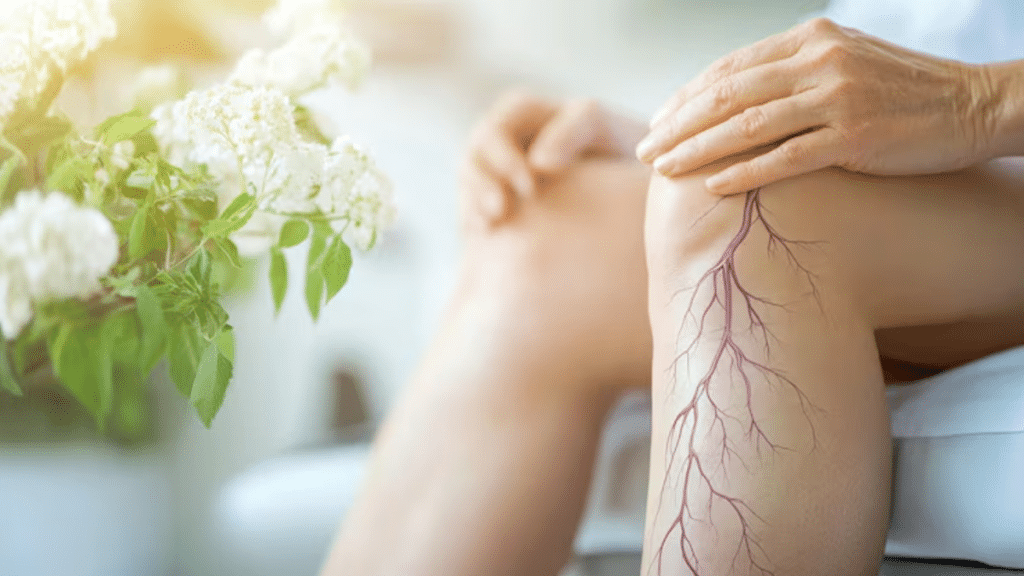Sometimes, the veins in your body do not properly deliver blood and become painful. The condition gets worse if left untreated. But worry not, in today’s fast-paced world of technology, there is a series of procedures available to fix diseased and damaged blood vessels.
In this article, we will discuss in detail the common types of vein diseases and their treatments.
1. Chronic Venous Insufficiency
Chronic venous insufficiency is a condition where the veins in your legs block the blood and do not allow it to flow back to the heart properly. Its common symptoms include swelling, leg pain, and feeling heavy. Additionally, you may experience skin itching, dryness, and darkening.
Treatment
Chronic venous insufficiency is commonly treated by compression therapy, leg elevation, and proper exercise. However, in some cases, doctors also recommend topical steroids, antibiotics, and anticoagulants, also known as blood thinners.
2. Spider Veins
Spider veins are small and dilated blood vessels near the surface of your skin. They often appear as red, blue, or purple lines resembling spider webs or tree branches. For many people, spider veins are a cosmetic concern, as they are not a serious health issue
. Treatment
The medical procedures widely used for treating spider veins include compression stockings, microphlebectomy, intense pulsed light therapy, and sclerotherapy.
3. Varicose Veins
Varicose veins are enlarged, swollen veins that appear close to the surface of your skin. They are twisted blood vessels often found in the legs.
Varicose veins occur when valves inside the veins become weak or damaged and do not help blood flow towards the heart. The risk of developing varicose veins generally increases with age, as your veins naturally lose elasticity and are unable to function properly.
Treatment
Regular exercise and physical activities are the best treatment for varicose veins. They strengthen your leg muscles and improve the blood circulation in your body. However, if you are overweight, consider losing some weight, as this will reduce the pressure on the varicose veins, helping blood to push back towards the heart more effectively.
In case your varicose veins are causing severe pain and affecting your daily activities, consider proper medical treatment. There are various treatment options for this issue, such as sclerotherapy, vein stripping, laser treatment, and phlebectomy.
However, if you are a Paramus, NJ, resident and suffering from varicose veins, look for a professional doctor in your area. Always book an appointment at the most reliable and reputable clinic, such as Vein Treatment Clinic in Paramus, NJ, to get yourself checked and treated well.
4. Deep Vein Thrombosis
Deep vein thrombosis is a blood clot that forms in a deep vein, mostly in the legs. It can be a serious health issue, and you must consider its treatment as soon as possible. This is essential for your health and overall well-being.
Treatment
The treatment for deep vein thrombosis focuses on preventing the clot from growing, so that it will not break off or cause further complications.
In some cases, only medications and compression stockings are enough. However, sometimes surgery is essential to treat deep vein thrombosis.
